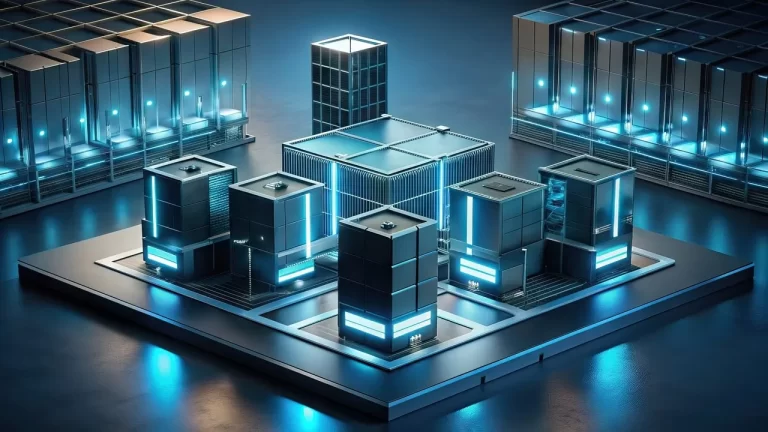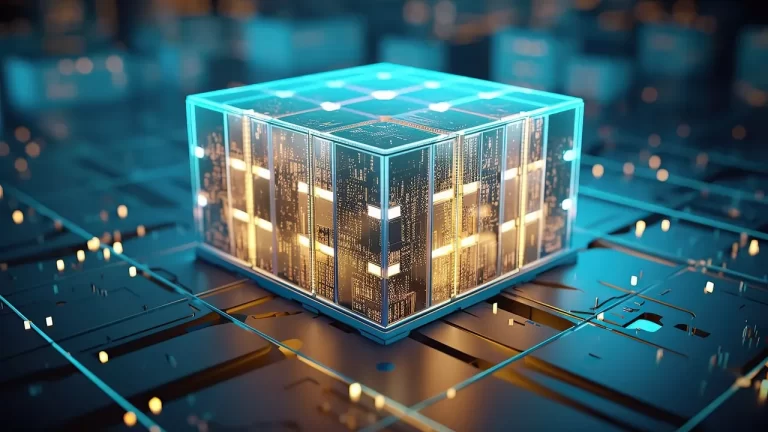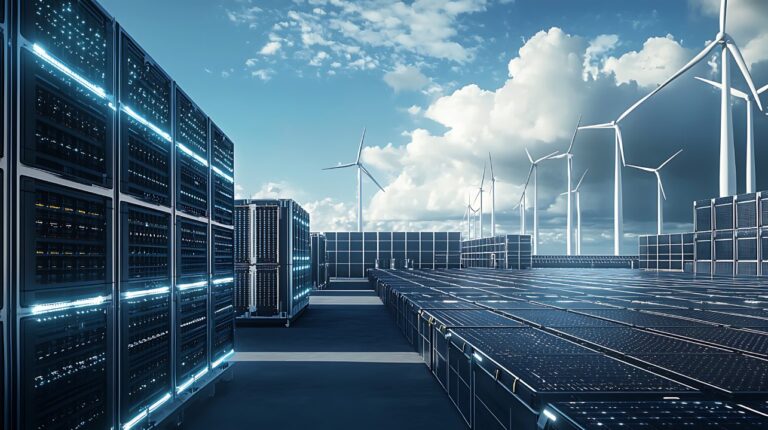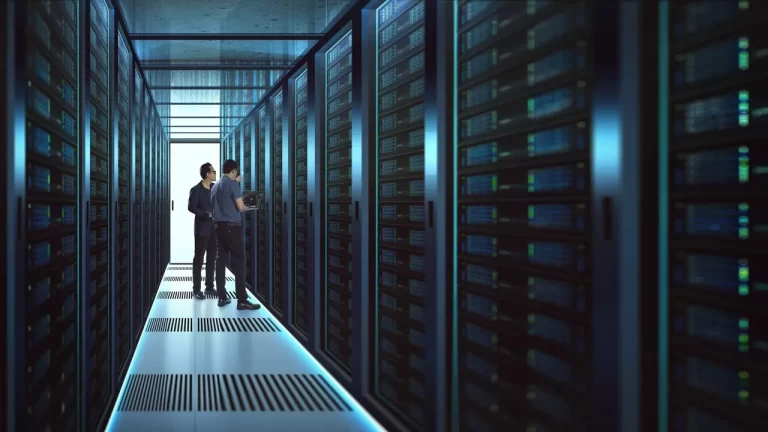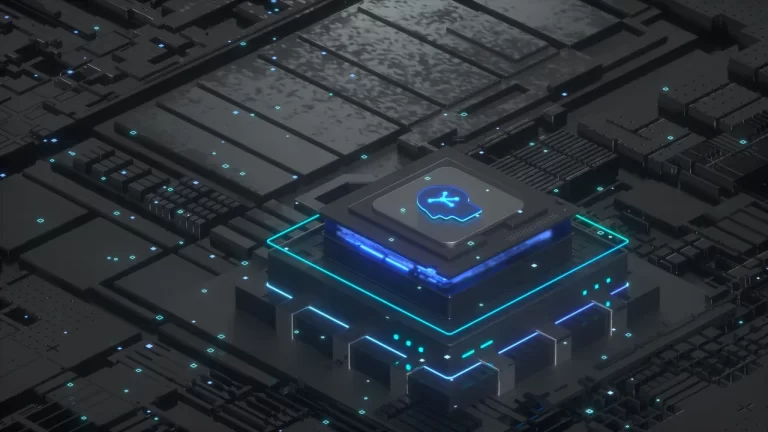The development of 5G goes far beyond being simply the next step in mobile communication, and is a revolution when it comes to datacenter operations and their management. These features such as Low Latency, High Bandwidth and High Reliability that comes with 5G make businessmen realize a new Network architecture and Cloud Computing are here with us. This technology is already shaking up everything from how public cloud data centers transmit information to how virtual machines handle workloads.
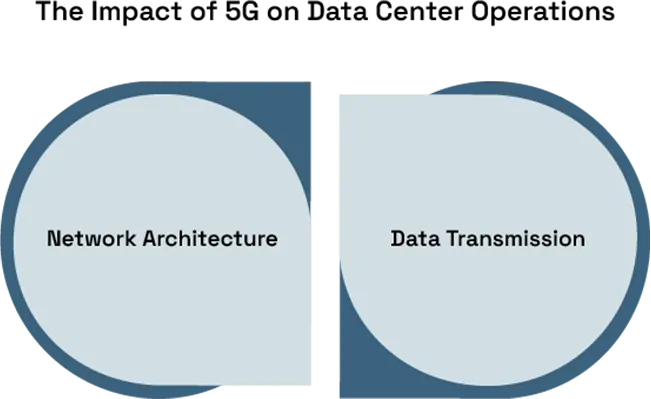
A New Era of Connectivity and Capacity
The deployment of 5G means one major thing for data centers and cloud computing systems: enhanced capacity. While this is not just about getting streaming on mobiles and everyday processing and transfer of data globally more rapidly, with more than a billion devices entering the market, the emergence of 5G makes it possible to achieve greater connectivity of terminal points, which shapes the development of data centers.
This transition demands enhanced architecture, particularly within hyperscale cloud computing data centers. These facilities are designed to scale out rapidly, integrating the advanced network capabilities that 5G unlocks. From autonomous vehicles to smart cities, the network must support edge computing and instantaneous data flow, all while maintaining energy efficiency.
Reshaping Data Center Infrastructure
The rise of 5G has inspired major cloud service provider’ data centers to redesign their operations for better responsiveness. Hyperscale computing companies continue empowering the trend of decentralizing computing capabilities. Popularization now focuses not on large data center structures, although the use of cloud-based data centers and edge infrastructure in data processing is growing.
This approach not only reduces latency but also aligns with evolving data center sustainability trends. Smaller, more efficient facilities contribute less carbon output and respond better to localized demand, perfect for smart manufacturing, healthcare, and urban planning.
5G’s Impact on Virtualization and Automation
Another significant benefit of 5G is how it supports virtualization. Virtual data center in cloud computing environments now have the speed and bandwidth to deploy resources dynamically. Using virtual machines, businesses can spin up complex services across geographies in real time.
Enterprises leveraging cloud computing centers find that they can offer better customer experiences, scale applications quickly, and reduce downtime. And with 5G, automation tools powered by AI (like Grok AI) can act on data insights instantly—boosting operational efficiency.
Enhanced Public Access and Distributed Cloud
It also aligns with the process of democratization of technology through the integration of 5G and public cloud data centers. Some solutions that could have been presented only to the large clients such as real-time analysis, backups in different countries, etc., can be provided to SMBs and startups now. This empowers organizations with limited resources to take advantage of distributed cloud computing strategies.
Meanwhile, the explosion of real-time content has emphasized the need for efficient public storage and data delivery systems. As data becomes more distributed, docs and multimedia assets must be accessible across regions in milliseconds something only 5 G-enabled infrastructure can facilitate effectively.
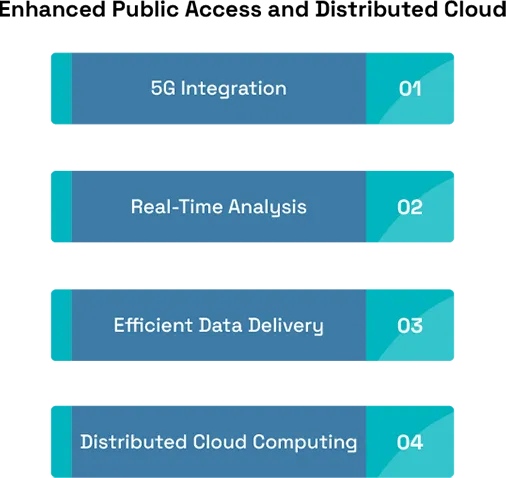
Navigating Future Trends
As we look ahead, several data center industry trends are emerging. These include AI-driven orchestration, liquid cooling systems, and carbon-aware workload distribution. Some of these are due to the requirements that are present in the 5G system, again, more throughput, tighter latency, and flexibility.
In addition, other market players, such as Reliance are investing in 5G infrastructure at the same time as continuing to expand cloud provider data centers, as the two are integrated for the development of the next decade’s digital strategy. It is only them that bear the speed at which the 5G and cloud computing data centers will be adopted especially in the emerging digital economy markets.
Conclusion
The convergence of 5G with cloud computing centers is therefore a major milestone in evolution of the global structure. Thus 5G is not just improving the efficiency and technological capabilities of datacenters but is even changing the very role of datacenters in the current 5G environment.
Those companies that have adopted the combination of cloud computing and next-generation network architecture into their business models are positioning themselves for success in an interconnected world. But as it turns out, all has not been surprising as the data center trends keep advancing, and they are evident that 5G is not just an improvement but a revolutionary technology of the modern-day digital world.



